HR Solutions, LLC
RESOURCES
UPDATE
ultures manifest in our day-to-day work environments. There are often a basic set of beliefs, practices, and norms shared by the company that shape its day-to-day operations. With continued practice of these standards over time, we create the workplace culture.
How would you define your company’s culture? What are the defining features? Do the policies in place and how they are currently practiced hint at the type of culture? Does the current culture align with your mission, vision, and strategic goals? Is your workplace culture helping or hindering growth and performance? Is your culture having an adverse impact on recruitment and retention?
When we hear the word “coach,” we assume a method that works from the top down.
For a successful coaching culture to develop, however, all employees, regardless of their role or level, can learn new skills—including coaching. Developing coaching skills in leadership means they facilitate problem solving and encourage employees’ development by asking questions and offering support and guidance rather than giving orders and making judgments. After all, the goal of workplace coaching is about creating an environment where people want to work, where feedback is a regular occurrence, productive conversations are being had, and growth is encouraged.
Coaching, when integrated into organizations, promotes creativity, improved performance, greater resilience, reduced turnover, and a more positive workplace culture.
Leaders can begin to develop their coaching skills by:
- Increasing their awareness of coaching and its benefits and buying in to the concept and process;
- Educating themselves on coaching concepts and tools;
- Identifying their own coaching style, assessing their own skill level, and identifying others’ preferences for being coached;
- And providing judgment-free feedback in regularly scheduled intervals.
One of the many different coaching models available is the GROW model. Developed by pioneer of executive coaching Sir John Whitmore, the GROW model framework can help individuals and groups to solve problems, set and achieve goals, and improve performance. It has four parts:
- Goal—Determine what the individual wants to accomplish right now. What is it they want to achieve before they leave the conversation?
- Reality—Help employees focus on the facts of the situation by asking what, where, when, and who questions. Avoid “why” questions, which can imply judgment or elicit a need for justification. This step can help people to slow down and consider the problem thoughtfully.
- Options—Uncovering the possibilities and allowing the employee to work at solving the issue can be as simple as asking them, “What would you do if you had a magic wand?” Thinking this way can help them consider new perspectives and fresh ideas.
- Will—Ask the employee what they will do next. This can clarify the strategy discussed and get them focused on the solution. Being specific in determining next steps takes it from brainstorming to action
Employees are more likely to feel invested in the outcome of their work and achieve performance goals when they are coached to perform rather than managed to perform.
